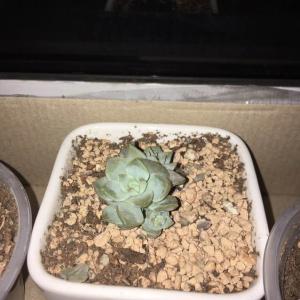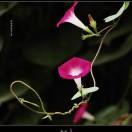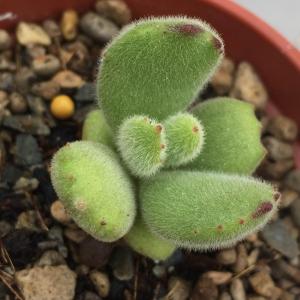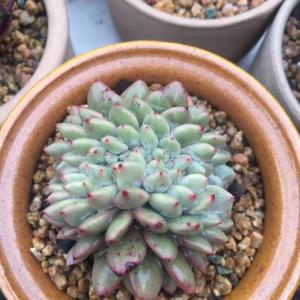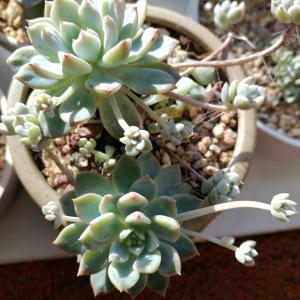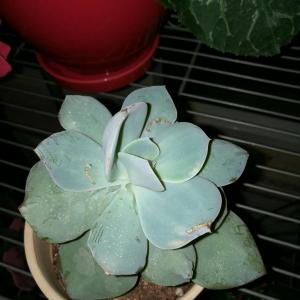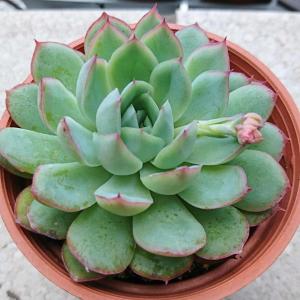求助
Yokixu
2018年04月08日
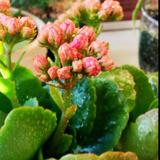
图1是现在的状态,有点徒长,没有花苞,要掐头吗?图2是秋天开花的时候

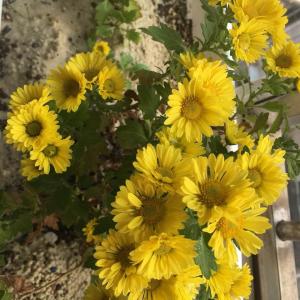


0
0
Yokixu:@sunnyzou 谢谢!这种春天会开花吗
sunnyzou:菊花可爱活啦。都行。你要是不想要那么徒就打头,开花晚些,但是会促发侧枝,分枝多将来花量也大。
成长记
Nathan D.
2018年04月06日

Added 2 tablespoons h202 to 470ml water. watered seedlings with 70 no of water. Curently 3cm by 1cm


0
0
求助
傅于庭
2018年04月06日

剛開沒2天就開始有枯萎的情況其他的反而開比較久的反而不會 請問開花時期是否不能澆水
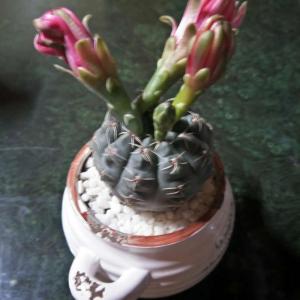

0
0
小馒头331:能浇水呀,这个正常的
屋檐下的春天:有的花期就是比较短的呀。
文章
Miss Chen
2018年04月06日

Description: This branching shrub is 2-4' tall. The trunk and lower branches are woody and brown; they are covered with strips of loose shaggy bark. The middle to upper branches are reddish purple to brown and variably hairy. The blades of the opposite leaves are up to 2" long and 1¼" across; they are oval-ovate and smooth along their margins. The upper surface of each leaf blade is medium green and hairless to slightly pubescent, while the lower surface is whitish green and slightly pubescent to very pubescent. Each leaf has a short petiole up to ¼" long. Leaf venation is pinnate.
At the axils of some leaves, there develops dense clusters of greenish yellow flowers that are sessile, or nearly so. Each flower is about ¼" long, consisting of a short tubular corolla with 5 lobes, a short green calyx with 5 teeth, and an inferior ovary that is pale green and globoid-ovoid in shape. Inside the corolla, there are 5 stamens surrounding a hairy style. The blooming period occurs during the late spring or summer. Each flower is replaced by a berry containing 2 seeds. The mature berries are about ¼" long, reddish purple, and ovoid-globoid in shape; the texture of their flesh is somewhat dry. The seeds are oblongoid and flattened. The root system consists of a woody branching taproot.

Cultivation: Coralberry adapts to partial sun, moist to dry conditions, and a loamy or rocky soil.
Range & Habitat: The native Coralberry is occasional to locally common in the southern half of Illinois, becoming less common or absent in the northern half of the state (see Distribution Map). Habitats include thin rocky woodlands, woodland openings, woodland borders, areas along woodland paths, powerline clearances in wooded areas, thickets, and limestone glades. Sometimes this shrub is grown as an ornamental plant in gardens, from which it occasionally escapes. Disturbance in wooded areas is beneficial if it reduces excessive shade from overhead trees.

Faunal Associations: The flowers attract bees, wasps, and flies primarily. These insects suck nectar from the flowers, although some of the bees also collect pollen. The caterpillars of the moths Hemaris diffinis (Snowberry Clearwing), Hemaris thysbe (Hummingbird Clearwing), and Hesperumia sulphuraria (Sulfur Moth) feed on the foliage of Coralberry and other Symphoricarpos spp. The aphid Apathargelia symphoricarpi and the thrips Thrips winnemanae suck juices from the undersides of the leaves. The berries persist into the fall and winter and are eaten primarily by Robins (Turdus migratorius); the buds and berries are also eaten by the Bobwhite. Coralberry is a favorite food plant of the White-Tailed Deer and it is often heavily browsed. Because of its dense branching habit and abundant leaves, this shrub provides good cover for wildlife.
Photographic Location: A powerline clearance at Busey Woods in Urbana, Illinois.

Comments: Coralberry is a rather small sprawling shrub with attractive foliage and berries. It is an easy shrub to identify in natural areas, particularly during the fall, because of the purplish red berries. Other Symphoricarpos spp. (Snowberry, Wolfberry) in Illinois have white or greenish white berries. A related group of plants, Lonicera spp. (Honeysuckles), are either vines or upright shrubs. Like Coralberry, Honeysuckles often produce berries in clusters near the leaves, but their berries are usually bright red and more juicy. Generally, the corollas of Honeysuckle flowers are larger in size than those of Coralberry, and they have long slender lobes. All of these plants produce pairs of opposite leaves on woody stems; the margins of their leaves are smooth or slightly wavy, but they never have teeth, unlike the leaves of many other shrubs. Another common name of Symphoricarpos orbiculatus is Buckbrush, which refers to the attractiveness of this shrub to deer as a food plant.
At the axils of some leaves, there develops dense clusters of greenish yellow flowers that are sessile, or nearly so. Each flower is about ¼" long, consisting of a short tubular corolla with 5 lobes, a short green calyx with 5 teeth, and an inferior ovary that is pale green and globoid-ovoid in shape. Inside the corolla, there are 5 stamens surrounding a hairy style. The blooming period occurs during the late spring or summer. Each flower is replaced by a berry containing 2 seeds. The mature berries are about ¼" long, reddish purple, and ovoid-globoid in shape; the texture of their flesh is somewhat dry. The seeds are oblongoid and flattened. The root system consists of a woody branching taproot.

Cultivation: Coralberry adapts to partial sun, moist to dry conditions, and a loamy or rocky soil.
Range & Habitat: The native Coralberry is occasional to locally common in the southern half of Illinois, becoming less common or absent in the northern half of the state (see Distribution Map). Habitats include thin rocky woodlands, woodland openings, woodland borders, areas along woodland paths, powerline clearances in wooded areas, thickets, and limestone glades. Sometimes this shrub is grown as an ornamental plant in gardens, from which it occasionally escapes. Disturbance in wooded areas is beneficial if it reduces excessive shade from overhead trees.

Faunal Associations: The flowers attract bees, wasps, and flies primarily. These insects suck nectar from the flowers, although some of the bees also collect pollen. The caterpillars of the moths Hemaris diffinis (Snowberry Clearwing), Hemaris thysbe (Hummingbird Clearwing), and Hesperumia sulphuraria (Sulfur Moth) feed on the foliage of Coralberry and other Symphoricarpos spp. The aphid Apathargelia symphoricarpi and the thrips Thrips winnemanae suck juices from the undersides of the leaves. The berries persist into the fall and winter and are eaten primarily by Robins (Turdus migratorius); the buds and berries are also eaten by the Bobwhite. Coralberry is a favorite food plant of the White-Tailed Deer and it is often heavily browsed. Because of its dense branching habit and abundant leaves, this shrub provides good cover for wildlife.
Photographic Location: A powerline clearance at Busey Woods in Urbana, Illinois.

Comments: Coralberry is a rather small sprawling shrub with attractive foliage and berries. It is an easy shrub to identify in natural areas, particularly during the fall, because of the purplish red berries. Other Symphoricarpos spp. (Snowberry, Wolfberry) in Illinois have white or greenish white berries. A related group of plants, Lonicera spp. (Honeysuckles), are either vines or upright shrubs. Like Coralberry, Honeysuckles often produce berries in clusters near the leaves, but their berries are usually bright red and more juicy. Generally, the corollas of Honeysuckle flowers are larger in size than those of Coralberry, and they have long slender lobes. All of these plants produce pairs of opposite leaves on woody stems; the margins of their leaves are smooth or slightly wavy, but they never have teeth, unlike the leaves of many other shrubs. Another common name of Symphoricarpos orbiculatus is Buckbrush, which refers to the attractiveness of this shrub to deer as a food plant.
0
0
成长记
ICYC
2018年04月06日

2017
11/7 圖一:看到側芽長那個地方其實我是有點崩潰的...
2018
1/15圖二三:長大的側芽
2/28圖四五:我說你是不是又從旁邊冒芽了?側芽一都這麼大了呢
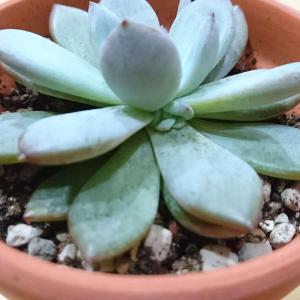
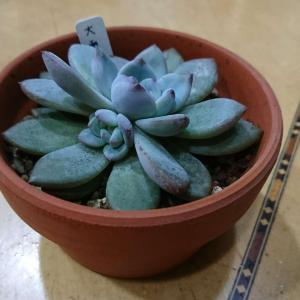
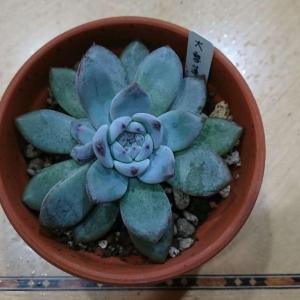

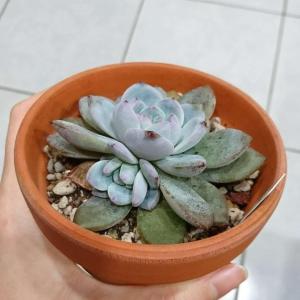
11/7 圖一:看到側芽長那個地方其實我是有點崩潰的...
2018
1/15圖二三:長大的側芽
2/28圖四五:我說你是不是又從旁邊冒芽了?側芽一都這麼大了呢





0
0
ICYC:2018
1/15圖二三:側芽長大
2/28圖四五:我說你又從哪冒頭了呢?側芽一號都長這麼大了
成长记
ICYC
2018年04月06日

冒頭很久都沒成長的月光兔小芽,出門三天後回來卻有了明顯成長
2017/10/2
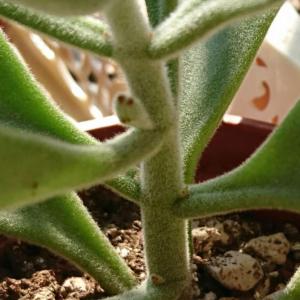
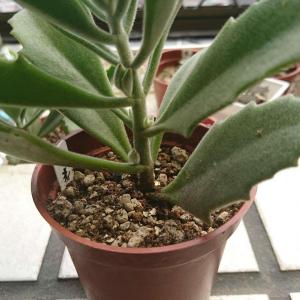
2017/10/2


0
0
ICYC:@莫助 可是我真的好喜歡他們的腋毛www
莫助:太常關注他的腋毛他會害羞😂不理他就長出來了



